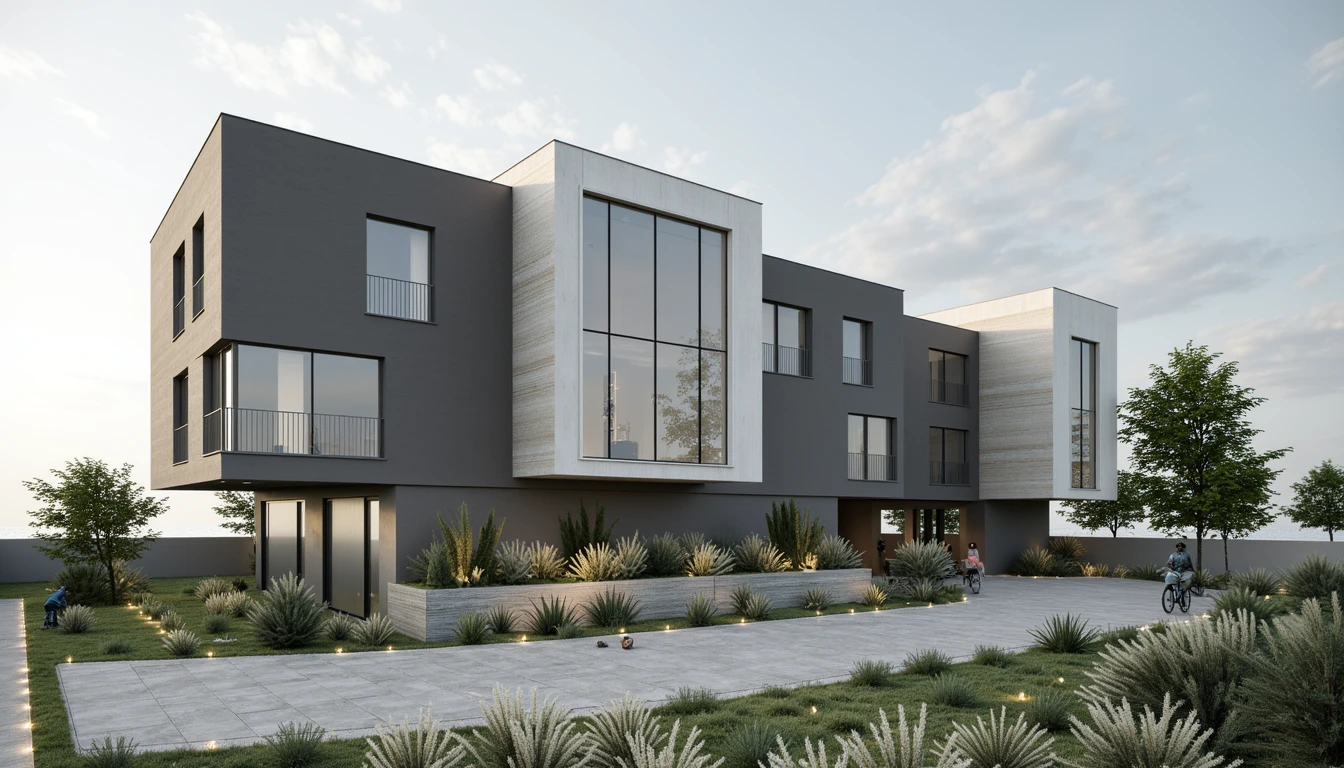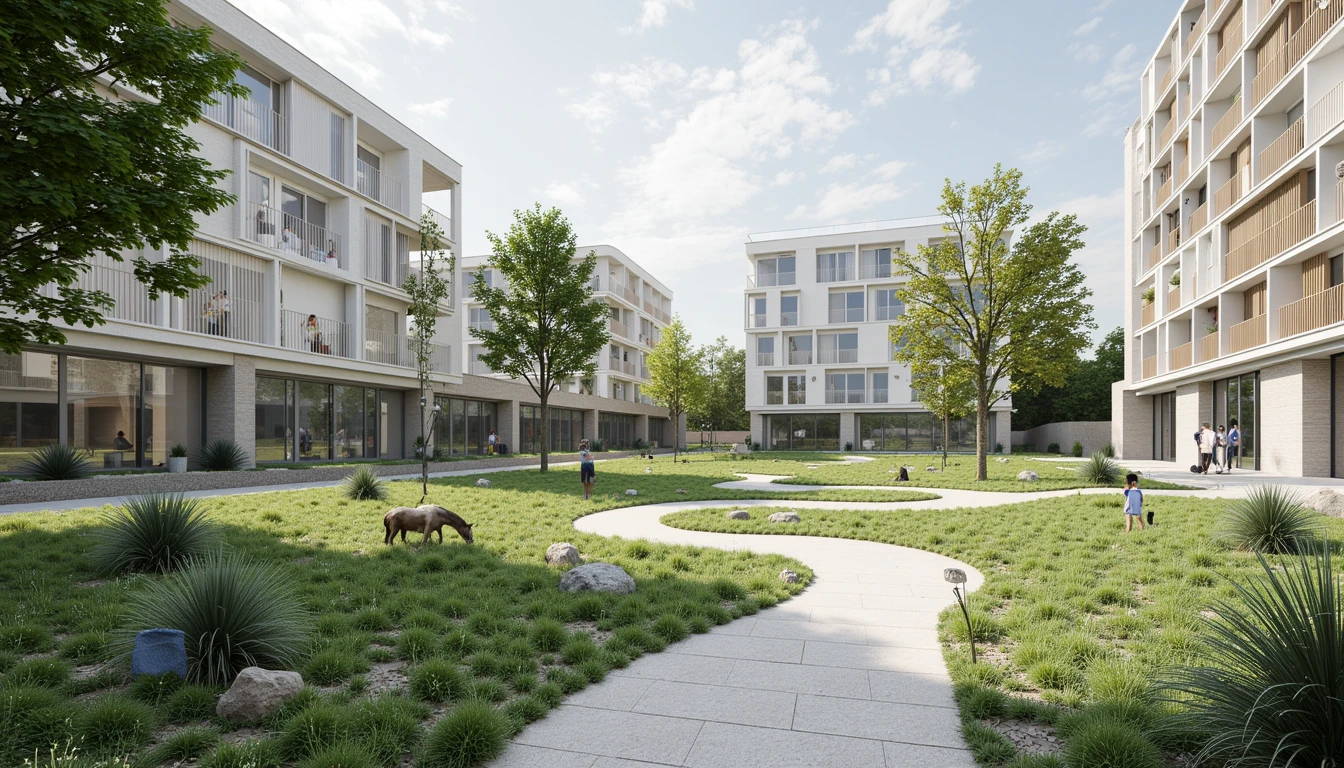Introduction to AI-Powered Space Planning

The architectural world is undergoing a significant transformation thanks to the integration of Artificial Intelligence (AI). AI-powered space planning tools are revolutionizing how architects and designers approach the creation of efficient, functional, and aesthetically pleasing spaces. These cutting-edge technologies leverage sophisticated algorithms to analyze vast datasets, predict user behavior, and optimize layouts in ways previously unimaginable. From automating repetitive tasks to generating innovative design options, AI is reshaping the future of architectural design and space management.
AI-Driven Architectural Visualization
Enhanced 3D Modeling
AI algorithms are enhancing 3D modeling by automating complex geometry creation and material application. This allows architects to quickly iterate on designs and explore different options with unprecedented speed.
Real-time Rendering and Feedback
Real-time rendering powered by AI provides instant visual feedback, enabling architects and clients to experience the space virtually and make informed decisions during the design process. This immersive experience fosters collaborative design and reduces the likelihood of costly revisions later on.
Automated Material Selection
AI can analyze project requirements and suggest optimal materials based on factors like cost, sustainability, and aesthetic preferences. This streamlines the selection process and ensures efficient resource utilization.
Optimizing Space Utilization with AI

Data-Driven Space Allocation
AI algorithms can analyze occupancy data, user behavior patterns, and organizational needs to determine the optimal allocation of space within a building. This data-driven approach maximizes efficiency and ensures that spaces are utilized to their full potential.
Predictive Modeling for Future Needs
By analyzing historical data and projected growth, AI can predict future space requirements and help architects design flexible spaces that can adapt to changing needs over time. This proactive approach minimizes the need for costly renovations or expansions in the future.
Smart Space Management Systems
AI-powered smart space management systems can dynamically adjust lighting, temperature, and other environmental factors based on real-time occupancy data. This optimizes energy consumption and creates a more comfortable and productive environment for occupants.
Improving Design Efficiency with AI
Automated Code Compliance
AI tools can automatically check designs for compliance with building codes and regulations, saving architects valuable time and reducing the risk of errors. This ensures that projects meet all necessary requirements and can proceed smoothly through the approval process.
Generative Design Exploration
AI algorithms can generate a wide range of design options based on specific parameters and constraints. This allows architects to explore a broader spectrum of possibilities and identify innovative solutions that they might not have considered otherwise.
Streamlined Collaboration and Communication
AI-powered platforms facilitate seamless collaboration between architects, clients, and other stakeholders. Real-time feedback and design iterations can be shared and discussed efficiently, leading to faster project completion and improved client satisfaction.
The Impact of AI on Architectural Workflows

Shifting Roles and Responsibilities
The integration of AI is reshaping the roles and responsibilities of architects. While some tasks are being automated, new opportunities are emerging for architects to focus on higher-level creative problem-solving and strategic design thinking.
Enhanced Collaboration and Communication
AI-powered platforms are fostering greater collaboration and communication between architects, clients, and other stakeholders. Real-time feedback and design iterations can be shared and discussed efficiently, leading to faster project completion.
Accelerated Project Delivery
By automating tedious tasks and streamlining workflows, AI is accelerating project delivery timelines. This allows architects to complete projects faster and more efficiently, freeing up time for other important tasks.
The Future of AI in Space Planning
Integration with IoT and Big Data
The future of AI in space planning will involve deeper integration with the Internet of Things (IoT) and big data analytics. This will enable even more granular control over building systems and create truly intelligent, responsive spaces.
Advancements in Machine Learning
Continued advancements in machine learning algorithms will lead to even more sophisticated AI-powered design tools. These tools will be able to learn from past projects and adapt to changing user needs in real time.
The Rise of Human-AI Collaboration
The future of architecture is not about replacing humans with AI, but about fostering a collaborative partnership between humans and machines. AI will augment human creativity and intuition, allowing architects to push the boundaries of design and create truly innovative spaces.
Challenges and Opportunities of AI Adoption

Data Privacy and Security
As AI systems rely on large amounts of data, ensuring data privacy and security is paramount. Architects and developers must prioritize robust data protection measures to maintain user trust and comply with regulations.
The Need for Skilled Professionals
The adoption of AI in architecture requires a new generation of skilled professionals who are proficient in both design principles and AI technologies. Educational institutions and professional organizations must adapt to provide the necessary training and development opportunities.
Ethical Considerations in AI Design
As AI takes on a larger role in design decisions, it's crucial to address ethical considerations such as bias in algorithms and the potential impact on human creativity. Open discussions and guidelines are needed to ensure responsible AI development and deployment in the architectural field.
Conclusion: Embracing the AI Revolution
AI is revolutionizing the field of architecture and space planning, offering unprecedented opportunities for innovation and efficiency. By embracing these powerful technologies, architects can enhance their design processes, create more intelligent and responsive spaces, and ultimately shape a better built environment for the future. While challenges remain, the potential benefits of AI are undeniable, and its continued integration into the architectural workflow is inevitable. The future of design is intelligent, and the time to embrace it is now.